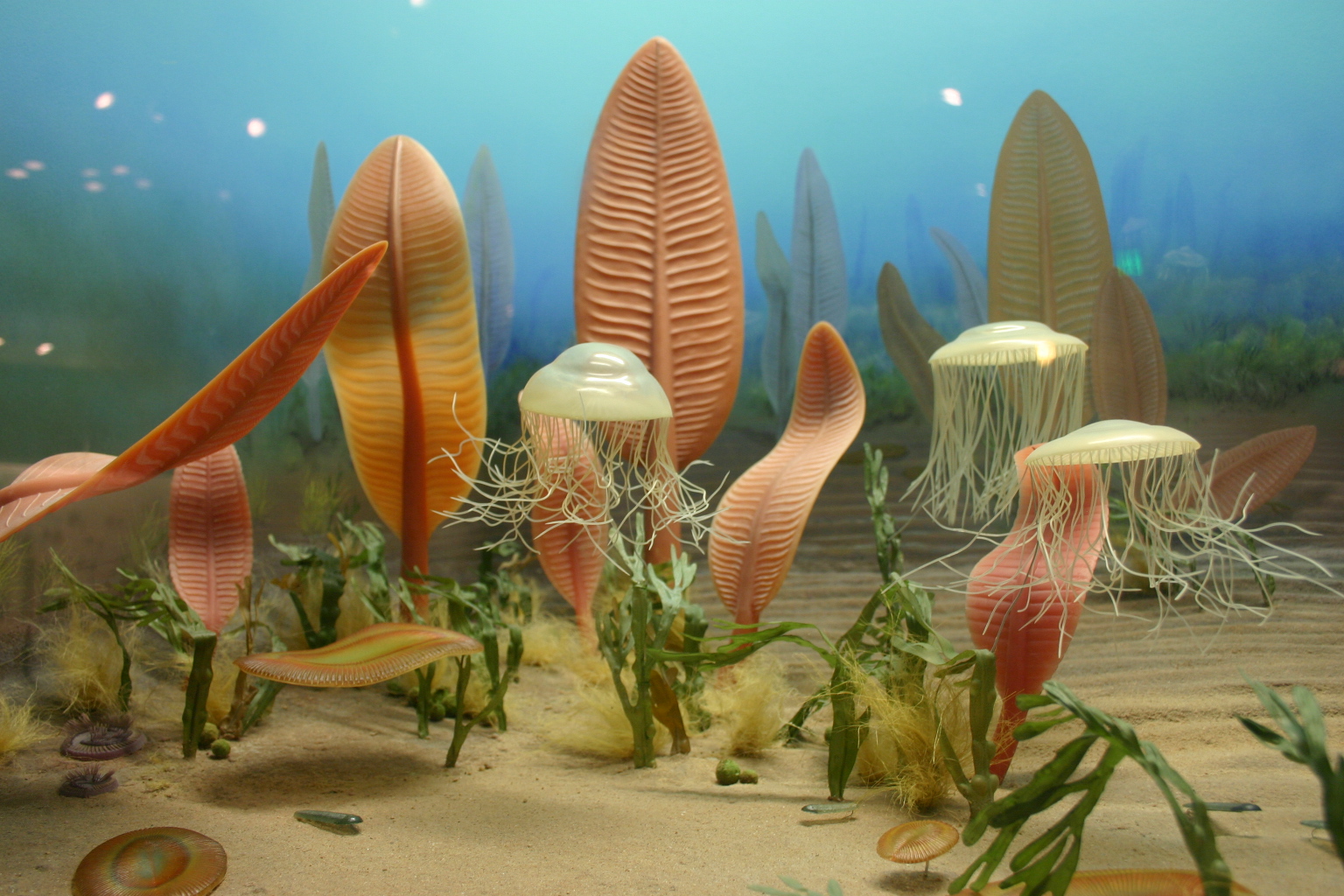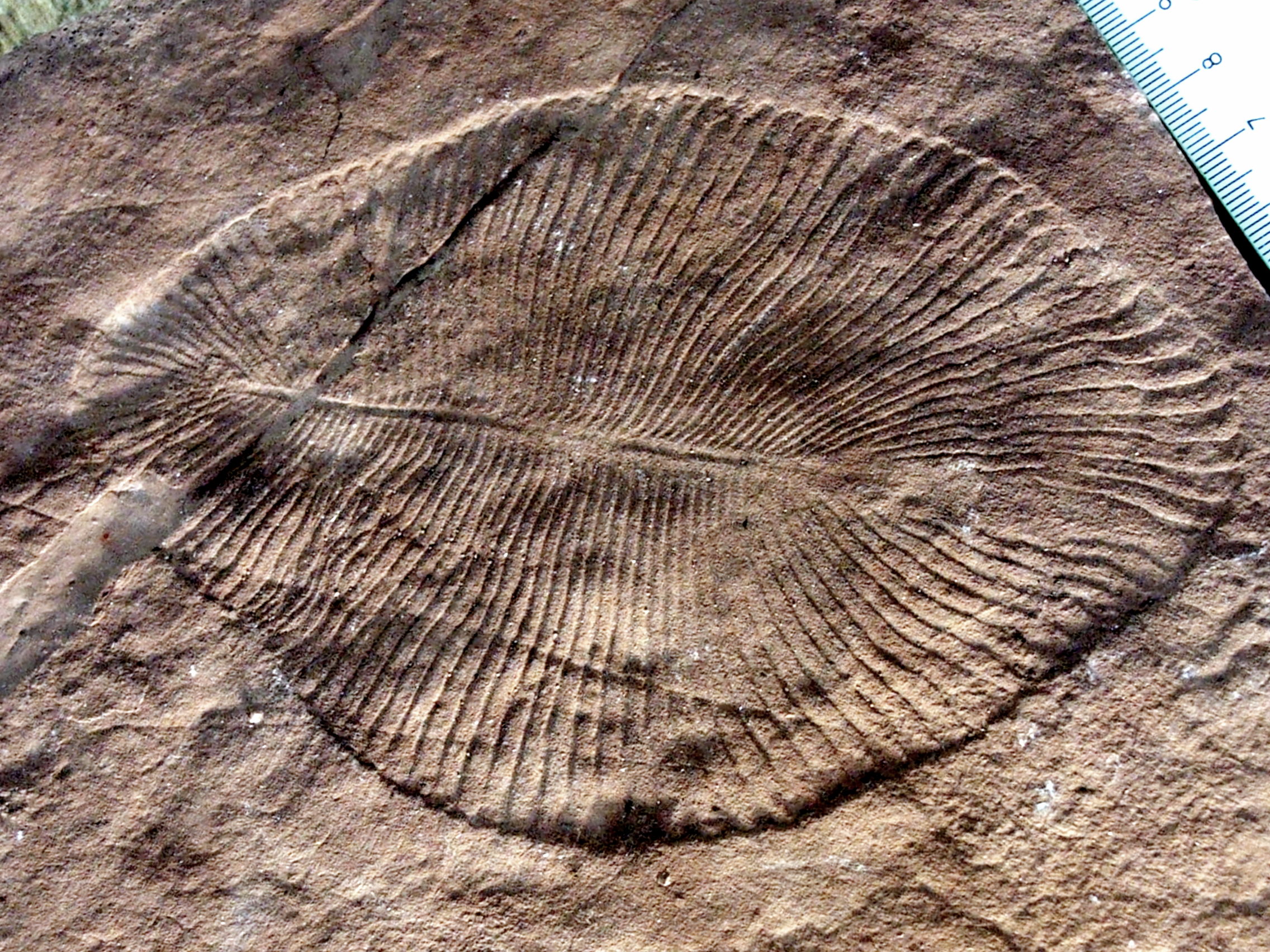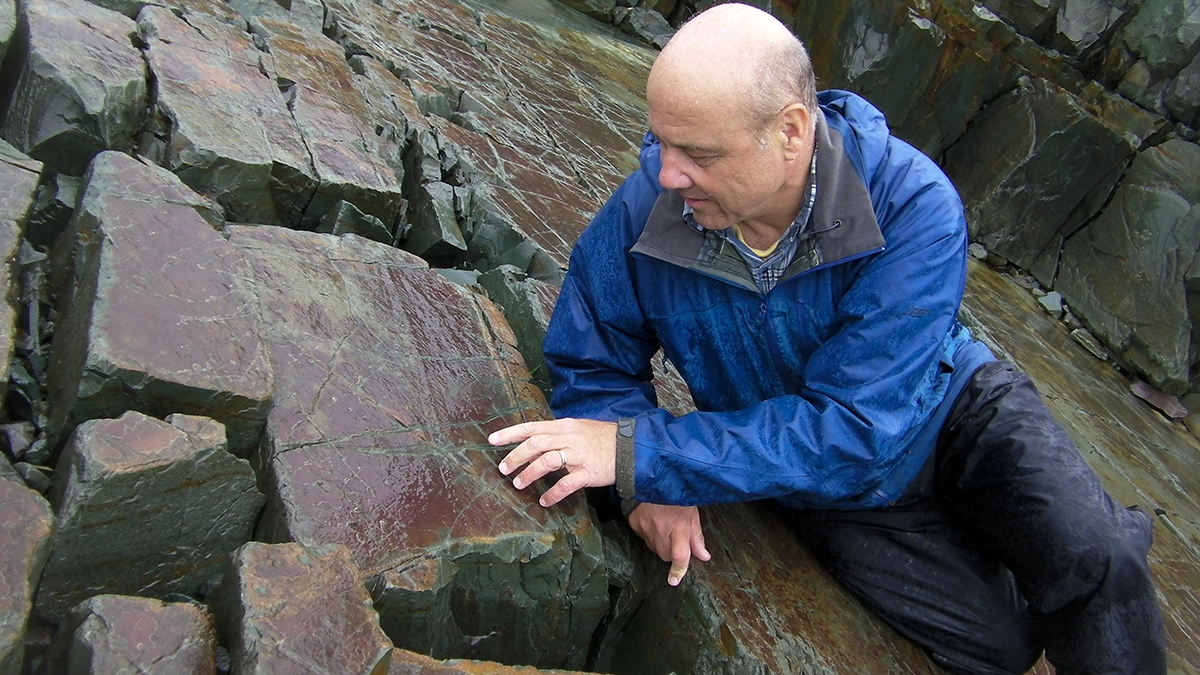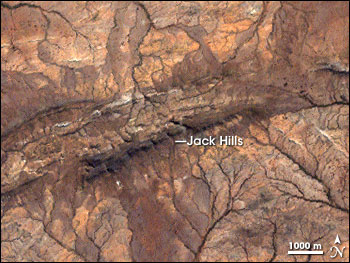In biology, there’s a metaphor known as the universal tree of life that expresses the idea that all organisms are part of a big happy family, descending and evolving from the same common ancestor. It’s proved to be a pretty good rule of thumb too, as analysis has given most organisms a place somewhere in the branches of this metaphorical tree. Now, pay attention to how I emphasized “most”, because there’s an exception to this rule – one group of puzzling animals, known only from fossils, that has defied scientists’ attempts to place them on the tree of life and relate them to other organisms. They are the Ediacaran animals – grouped together and named after the period of Earth’s history they lived in (likely because “what the hell are these things” wasn’t very scientific).

Artist’s impression of an aquatic Ediacaran environment. Image Credit: Smithsonian National Museum of Natural History via Flickr (CC BY-SA 2.0)
Eloquently described by the scientific community as looking like “mud-filled bags” or “quilted mattresses”, these bizarre animals first appeared in our fossil record about 600 million years ago, and are the earliest known multicellular organisms. Yet despite being the first, Ediacarans share no clear relationship with later multicellular life, or any other known life for that matter. Usually related organisms have at least some distinctive trait in common (for example, all Cnidarians have stinging cells), but while some Ediacaran animals shared a few passing similarities with sponges or jellyfish, for the most part they were too different from pretty much anything that came before or after them to be considered related to them: they were too complex and large compared to life before them, yet they also had body shapes that were completely alien compared to any forms of life after them. As a result, Ediacaran life is often described as “enigmatic” – or scientist speak for “really weird”.

Dickinsonia costata, an iconic Ediacaran organism. Note “quilted” appearance. Image Credit: Wikimedia Commons (CC BY 2.5)
Further hammering home the strangeness, despite fossils of Ediacaran organisms being found practically everywhere, all Ediacarans abruptly vanished from the fossil record 540 million years ago, and no-one is entirely sure why.
In short, these multicellular organisms suddenly showed up, disappeared just as suddenly, and are so unrelentingly bizarre that they can’t be definitively linked to any other lifeforms we’ve seen on this planet.

Paleontologist Guy Narbonne examining Ediacaran fossils at Mistaken Point Ecological Reserve, Newfoundland, Canada. Image Credit: Wikimedia Commons (CC BY 2.0)
Now, before you scream “aliens!” at me, there are actually some reasonable hypotheses as to what the heck Ediacaran life was, why it has no clear relationship to other known life, and why it just disappeared. For example, one hypothesis suggests that the Ediacarans were a “failed experiment” in multicellular life by Mother Nature, having been out-competed to death by later life evolved from unrelated lifeforms (in fact, scientists have traced the origins of modern animals back to the Cambrian explosion, an event that coincidentally happened… wait for it… 541 million years ago). Regardless, given the “we can’t ever know for sure” nature of prehistoric biology, it’s likely that Ediacaran life will remain an intriguing biological mystery for years to come (and my personal favourite footnote in our otherwise fairly predictable biological history).
~ Kimberly


